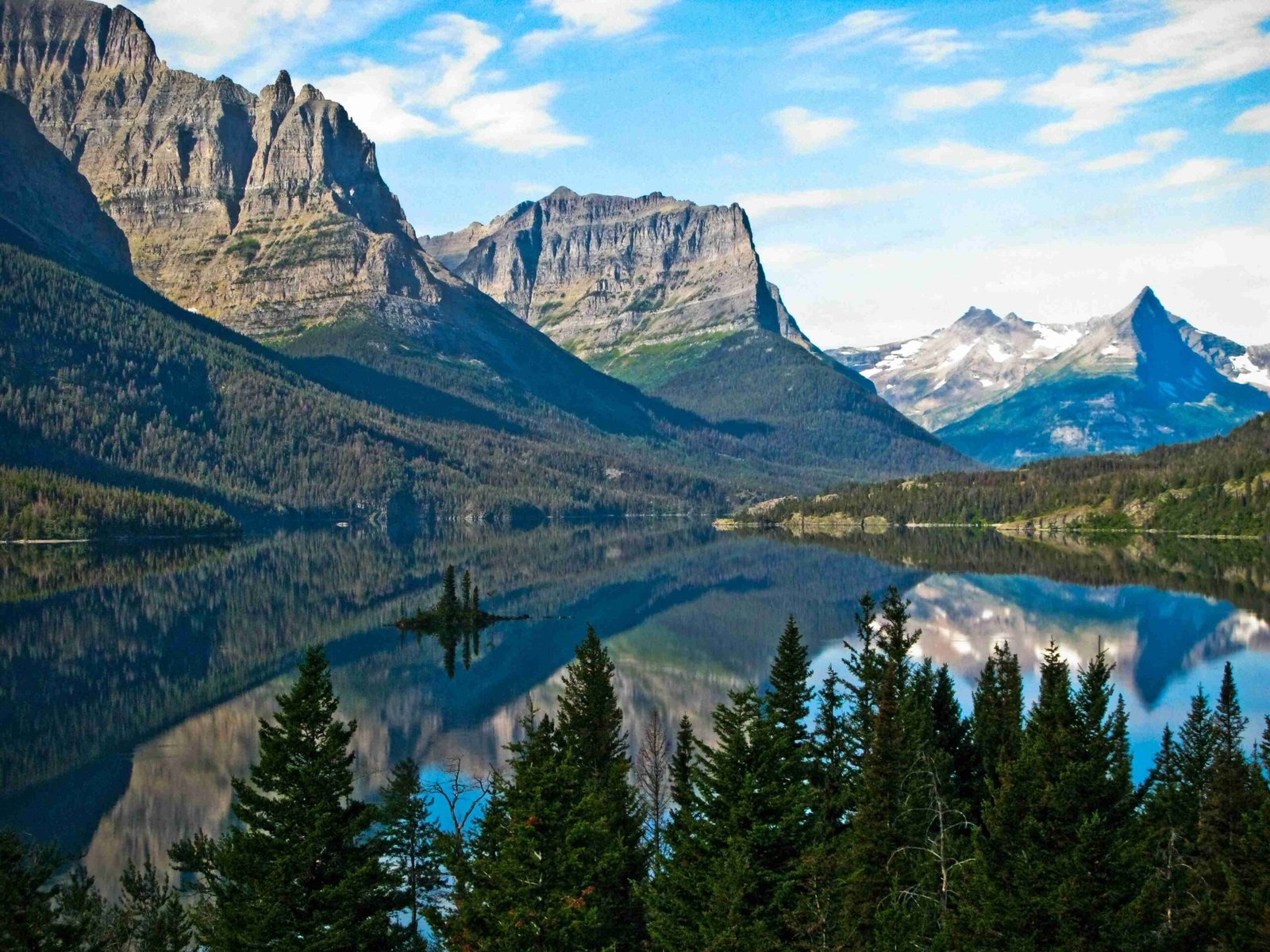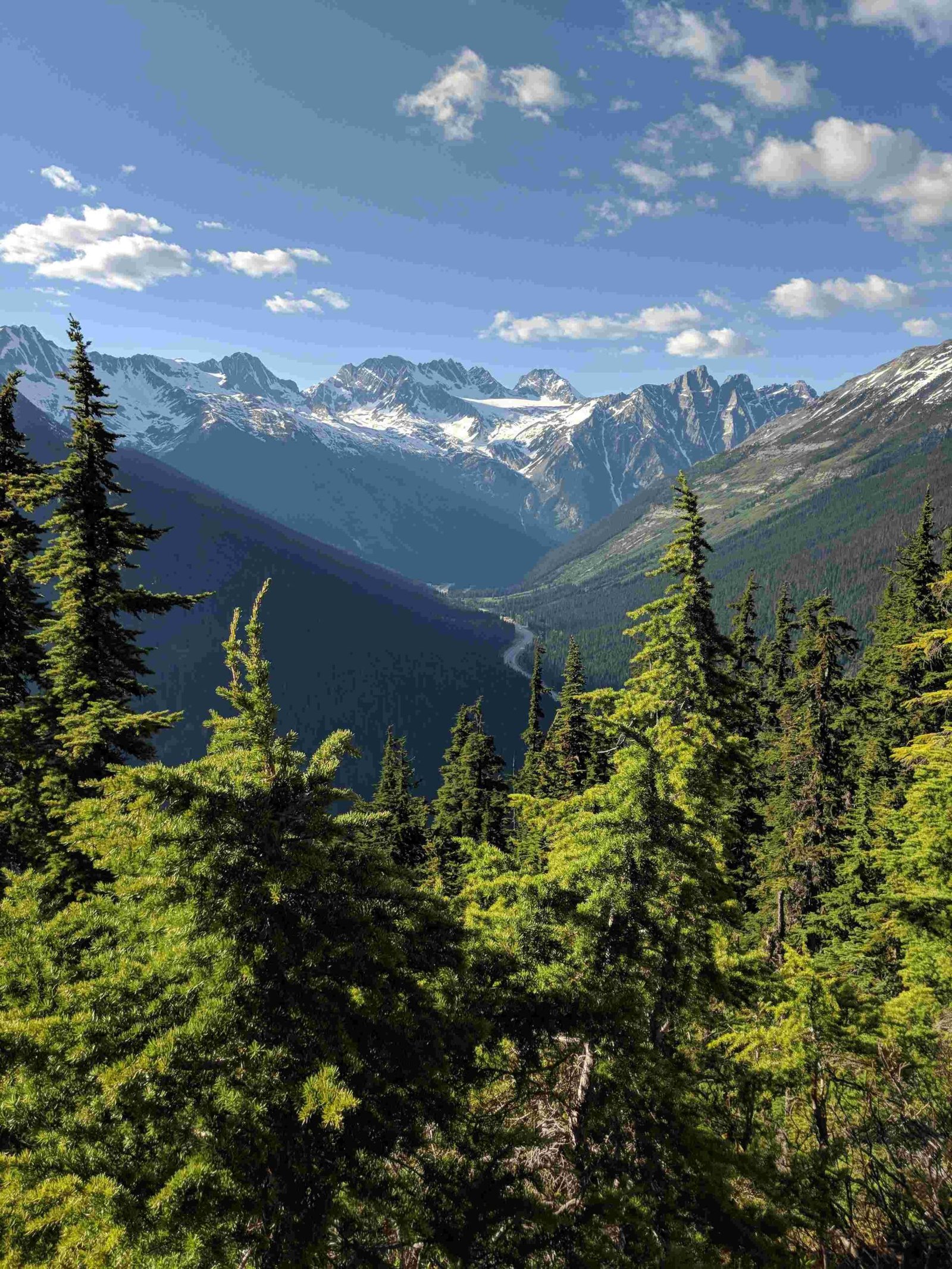Glacier National Park in Montana experiences a wide range of temperatures throughout the year, from frigid winters to mild summers. The park’s average temperatures vary significantly by season, with winter lows reaching -10°F (-23°C) and summer highs climbing to 77°F (25°C). This diverse climate creates unique opportunities for visitors year-round, from winter sports to summer hiking adventures.
What Are the Seasonal Temperature Patterns in Glacier National Park?

Glacier National Park’s climate is characterized by four distinct seasons, each offering a unique experience for visitors:
Winter (December to February)
- Average High: 28°F (-2°C)
- Average Low: 15°F (-9°C)
Winter in Glacier National Park is cold and snowy, with temperatures often dropping below freezing. This season is ideal for winter sports enthusiasts but limits access to many areas of the park.
Spring (March to May)
- Average High: 45°F (7°C)
- Average Low: 27°F (-3°C)
Spring brings milder temperatures and the gradual melting of snow. However, weather can be unpredictable, with occasional late-season snowstorms.
Summer (June to August)
- Average High: 73°F (23°C)
- Average Low: 46°F (8°C)
Summer is the warmest and most popular season in the park. Temperatures are generally comfortable for outdoor activities, though nights can still be cool.
Fall (September to November)
- Average High: 49°F (9°C)
- Average Low: 31°F (-1°C)
Fall temperatures begin to cool, with crisp days and cold nights. This season offers beautiful foliage and fewer crowds.
How Do Average Temperatures Affect Visitor Activities?

The average temperatures in Glacier National Park Montana significantly impact visitor activities and park accessibility:
- Winter Activities: Cold temperatures and heavy snowfall support:
- Cross-country skiing
- Snowshoeing
-
Ice climbing
-
Summer Activities: Warmer temperatures enable:
- Hiking
- Camping
- Fishing
-
Wildlife viewing
-
Shoulder Season Activities: Spring and fall offer:
- Whitewater rafting (spring)
- Fall foliage viewing
- Less crowded hiking trails
What Are the Best Times to Visit Based on Temperature?
The best time to visit Glacier National Park depends on your preferred activities and temperature tolerance:
| Season | Average Temperature | Best For |
|---|---|---|
| Summer | 60°F – 80°F (15°C – 27°C) | Hiking, camping, sightseeing |
| Fall | 31°F – 66°F (-1°C – 19°C) | Fall colors, wildlife viewing |
| Winter | 12°F – 31°F (-11°C – -1°C) | Winter sports, solitude |
| Spring | 20°F – 55°F (-7°C – 13°C) | Wildflowers, waterfalls |
How Should Visitors Prepare for Temperature Variations?
Given the wide range of average temperatures in Glacier National Park Montana, visitors should:
- Pack layers for all seasons
- Bring appropriate gear for planned activities
- Check weather forecasts regularly
- Be prepared for sudden temperature changes, especially at higher elevations
What Are the Extreme Temperature Records in Glacier National Park?
While average temperatures provide a good baseline, Glacier National Park has experienced some extreme temperatures:
- Highest recorded temperature: 100°F (38°C)
- Lowest recorded temperature: -50°F (-46°C)
These extremes highlight the importance of being prepared for a wide range of weather conditions.
How Do Elevation Changes Affect Temperatures in the Park?
Glacier National Park’s varied elevation significantly impacts temperatures:
- Lower elevations (around 3,000 feet): Generally warmer
- Higher elevations (up to 10,000 feet): Can be 10-15°F cooler than valley floors
Visitors should expect temperature drops of about 3.5°F for every 1,000 feet of elevation gain.
What Role Do Average Temperatures Play in Glacier Formation and Melting?
The average temperatures in Glacier National Park Montana are crucial to the park’s namesake glaciers:
- Winter temperatures below freezing allow for snow accumulation
- Summer temperatures influence the rate of glacial melting
- Long-term temperature trends affect glacier size and persistence
Climate change has led to warmer average temperatures, contributing to the rapid retreat of the park’s glaciers.
How Do Temperature Patterns Influence Wildlife in the Park?
The park’s temperature patterns significantly impact wildlife behavior and distribution:
- Hibernation: Cold winter temperatures trigger hibernation in species like bears and marmots
- Migration: Temperature changes prompt seasonal migrations for birds and some mammals
- Activity Patterns: Many animals are more active during cooler morning and evening hours in summer
What Safety Precautions Should Visitors Take Regarding Temperature?
Given the variable average temperatures in Glacier National Park Montana, visitors should:
- Stay hydrated, even in cooler weather
- Use sunscreen year-round, as UV exposure increases at higher elevations
- Be aware of hypothermia risks, even in summer at high elevations
- Watch for signs of heat exhaustion during hot summer days
By understanding and preparing for the average temperatures in Glacier National Park Montana, visitors can safely enjoy the park’s stunning beauty in any season.
References:
1. Glacier National Park Monthly Climate Averages – WeatherWorld.com
2. Climate & Weather Averages in Glacier National Park, Montana, USA – TimeAndDate
3. Glacier National Park Weather & Seasons – AllTrips